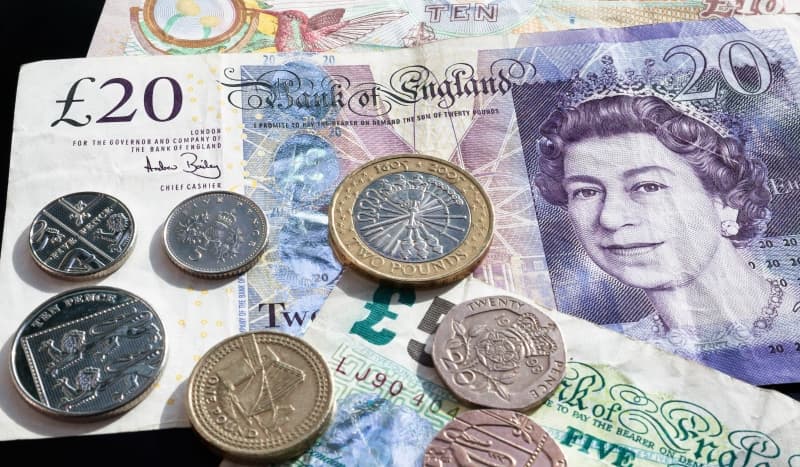Why Is Council Tax Increasing?

Nearly all local authorities are planning increases in council tax. But what is the history of this tax and how is it calculated?
What Is Council Tax?
Council tax is a system of taxation collected by local authorities. It is a tax on domestic property. All homes are put into a tax valuation band based on the value of your home. Valuation bands are produced and currently they look like this. If your home is valued at up to £40,000 you are in band A, band H is then properties over £320,000. Properties can move across the bands if the value of a house increases or decreases.
Properties Exempt From Council Tax
Some properties can be exempt from council tax. These include condemned properties, properties that have been legally repossessed, a property which is occupied by someone with a mental impairment, or a property which is now empty as the person is in a care home.
Who Pays Council Tax?
Usually one person called the liable person pays council tax. You cannot be a liable person under the age of 18, couples living together are both deemed as jointly liable.
What Is Council Tax Meant To Pay For?
The council uses your council tax to pay for services like schools, rubbish collection, roads and street lighting. In Scotland the tax also includes charges for water and sewerage.
What Are The Current Issues With Local Authority Finance?
Many local authorities simply say they don’t have enough money to deliver public services. The latest research from the Local Government Unit reported that the biggest pressures on local authorities were children’s services, adult social care, and housing, hence the debate to increase council tax by in some places as much as 5.99%. 113 councils in England reported that social care was the biggest funding issue they faced.
Northamptonshire county council recently issued a section 114 notice which is issued when a council does not have enough money to meet its expenditure. This followed news that Surrey county council was considering a local referendum to agree increases to council tax. Councils are calling for a fundamental redesign of local finance to ensure that local councils have the money they need.
Are There Limits On Council Tax Increases?
In 2012 the government introduced a rule which means that any attempt to increase council tax by more than 2% requires a local referendum. In addition the government introduced ‘freeze grants’ to councils who didn’t increase council tax. However the social care precept has changed a lot of things when considering council tax.
Social Care Precept
This allows councils to impose an additional 2% council tax increase, with the extra money being ring fenced for adult social care. In effect the threshold for a referendum was then raised to 4%. In December 2016 councils were given the go ahead to increase council tax to 3%, increasing the threshold to 5%.
Why Increase Council Tax By 4.99%
The rules say that the basic threshold is 2% or more, so a rise of 5% including the social care precept would trigger a referendum. So 4.99% avoids this happening.
You Might Like
Are Tax Havens Fair?
The recent publication of the so called Paradise Papers raises the whole issue of tax havens and whether they are right or fair. Savings or instant access cash, just offshore.Social Media And Mental Health
90% of young people in the UK use social media. But what impact does it have on their mental health?We cover the latest research and recommendations.Does Social Media Cause Childhood Depression?
Social media is something many of our children experience every day. But how safe is it and how can we as parents protect our children?Tax Credits, How To Claim, Renew Or Appeal
Read how for tax credits you can claim or appeal a decision or even renew your entitlement. Quick simple advice.The New Car Tax Rules
Find out more about the carbon dioxide emissions and how co2 will affect your car tax rates for using the roads.
Useful Websites
- Tax Rebates
Free help and advice on claiming a tax rebate from the Inland Revenue, including a tax rebate calculator, template letters and helpful articles. - Calculator
Offers a range of financial calculators and financial news - UK Tax Codes
Tips and advice on what your tax code means and what allowances you are entitled to. - UK Tax Codes
Tips and advice on what your tax code means and what allowances you are entitled to. - Self Employment Registration
Articles, tips, and advice on self employed tax and registration - UTR
Articles, videos and advice on how to apply for a UTR number. - Add Your Website Here